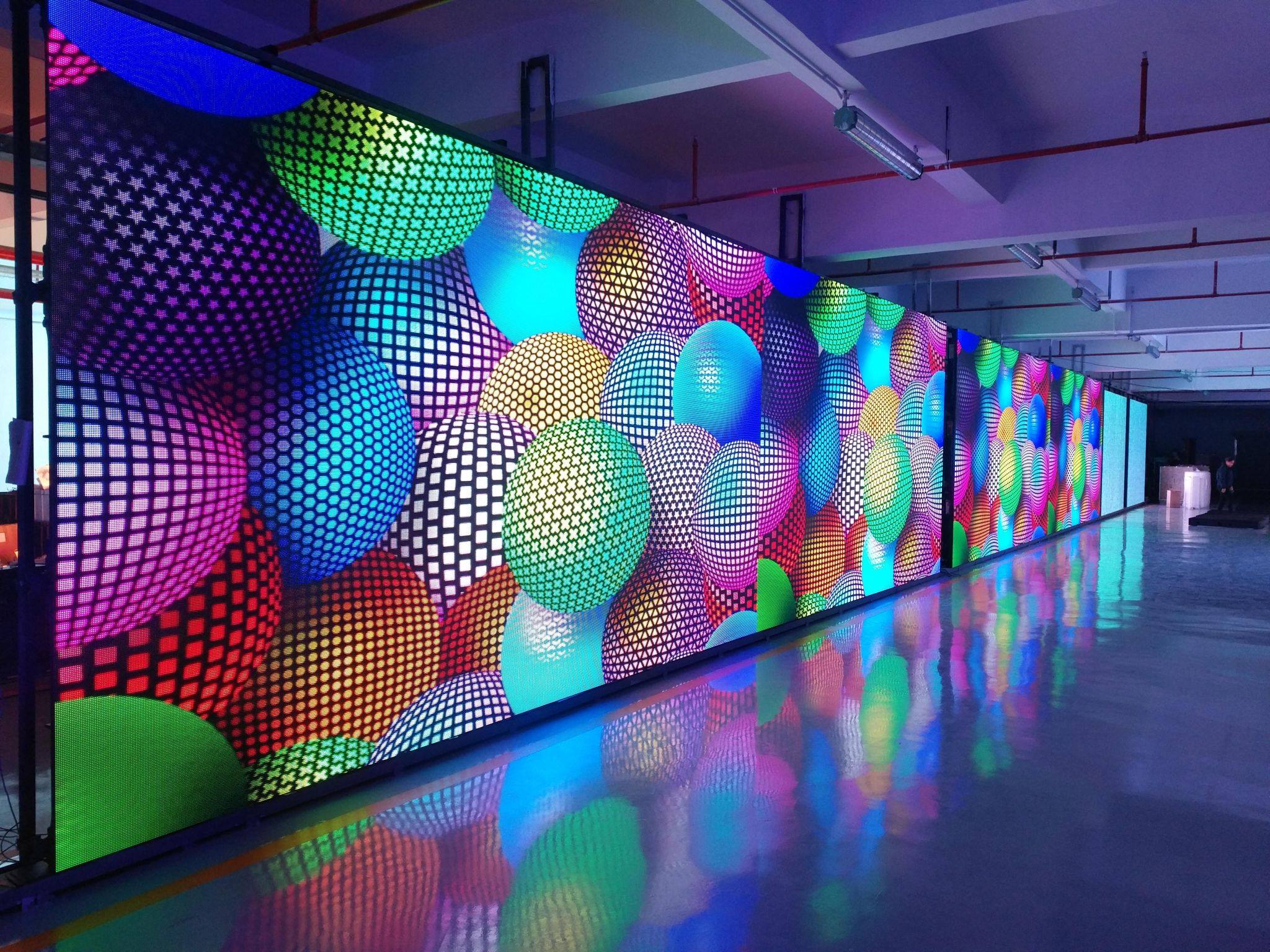Industry news
Technical control of LED display screen for advertising show.
At present, the LED display screen industry is generally concerned about product quality assurance issues. To produce high-quality LED screens, technical control measures need to be taken in the following aspects.
1、 The anti-static LED display screen assembly factory should have good anti-static measures. Special anti-static ground, anti-static floor, anti-static soldering iron, anti-static table mat, anti-static ring, anti-static clothing, humidity control, equipment grounding (especially for foot cutting machines) are all basic requirements, and regular testing with an electrostatic instrument is required.
2、 The layout of the driver circuit board on the LED display module can also affect the brightness of the LED. Due to the long transmission distance of the output current of the driving IC on the PCB board, the voltage drop in the transmission path will be too large, affecting the normal working voltage of the LED and resulting in a decrease in its brightness. Technicians often find that the brightness of the LEDs around the LED display module is slightly lower than that in the middle, which is why. Therefore, to ensure the consistency of display screen brightness, it is necessary to design a distribution diagram of the driving circuit.
3、 The nominal current of the designed current value LED is 20mA, and it is generally recommended that its maximum operating current should not exceed 80% of the nominal value, especially for displays with very small point spacing. Due to poor heat dissipation conditions, the current value should also be reduced. Based on experience, due to the inconsistency in the attenuation speed of red, green, and blue LEDs, the current values of blue and green LEDs should be reduced in a targeted manner to maintain consistency in the white balance of the display screen after long-term use.
4、 LED lights with the same color and different brightness levels need to be mixed, or the lights should be inserted according to a discrete pattern design to ensure consistency in brightness for each color on the entire screen. If there are problems in this process, there may be inconsistencies in the local brightness of the display screen, which directly affects the display effect of the LED video wall.
5、 For inline LEDs, controlling the verticality of the lamp requires sufficient process technology to ensure that the LED is perpendicular to the PCB board when passing through the furnace. Any deviation will affect the consistency of the already set LED brightness, resulting in color blocks with inconsistent brightness.
6、 The temperature and time of wave soldering must be strictly controlled. It is recommended to preheat at 100 ℃± 5 ℃, with a maximum temperature not exceeding 120 ℃, and the preheating temperature should rise steadily. The welding temperature should be 245 ℃± 5 ℃, and the welding time should not exceed 3 seconds. After passing the furnace, do not vibrate or impact the LED until it returns to normal temperature.
The temperature parameters of the wave soldering machine need to be regularly tested, which is determined by the characteristics of the LED. Overheating or fluctuating temperatures can directly damage LEDs or cause quality hazards, especially for small sized circular and elliptical LEDs such as 3mm.
7、 When the LED display screen is not lit, there is often a probability of over 50% that it is caused by various types of solder joints, such as LED pin solder joints, IC pin solder joints, and pin to pin solder joints. The improvement of these problems requires strict process improvement and strengthened quality inspection to solve. Pre factory vibration testing is also a good inspection method.
